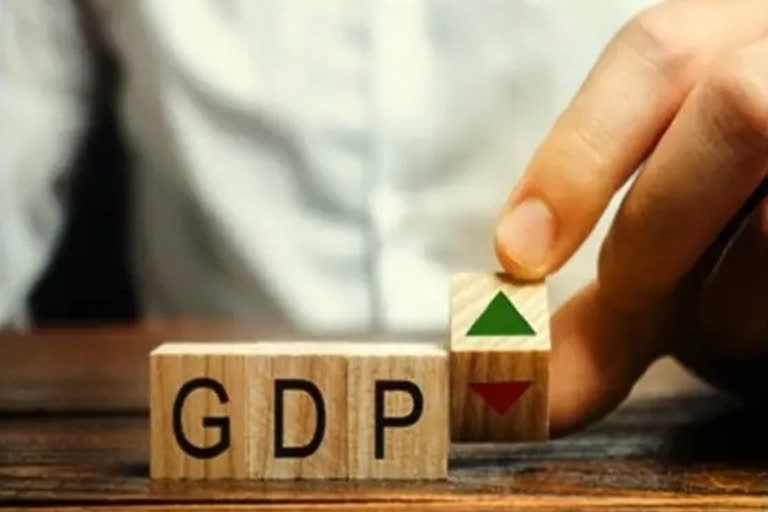New Delhi: India Ratings, a unit of global credit rating agency Fitch, has downwardly revised India’s GDP growth forecast from an earlier estimate of 7.6% to 7-7.2%, a downward revision of 40 to 60 basis points on Wednesday, primarily on account of changing geo-political situation due to Russia-Ukraine war that started on February 24 and has shown no signs of abating so far.
The rating agency says its economic outlook for FY 2022-23 (April-March 2023 period) is unlikely to hold true due to the changed geopolitical situation. India Ratings said since the duration of the Russia-Ukraine conflict continues to be uncertain, the agency has created two scenarios with respect to the economic outlook for the next financial year on the basis of certain assumptions.
In the first scenario, the agency assumes that the crude oil price will remain high for a period of three months, while in the second scenario, it is believed that the crude price will remain high for a period of six months, and in both the cases, the half cost would be passed through to the domestic economy.
In the first situation, the agency believes that India’s year-on-year GDP growth rate would be 7.2% and in the second situation, the growth will further come down to 7%.
Sluggish Private Consumption
The biggest component of India’s GDP, the private consumption as measured by private final consumption expenditure (PFCE) has been subdued in the current financial year despite sales of select consumer durables showing some signs of revival during the festive season.
The Reserve Bank of India’s (RBI) Consumer Confidence Survey for January this year shows that the Current Situation Index increased marginally on the back of better sentiments with respect to the general economic situation but it continues to be in the pessimistic zone.
Also read:GDP growth projections in Budget not credible, need reassessment, says P Chidambaram
The Expectations Index, which captures the outlook for the next year, moderated due to the surge in COVID-19 infection cases in January this year. Household sentiments on non-essential and discretionary spending continue to be subdued.
“As the consumer sentiment is likely to witness a further dent due to the Russia-Ukraine conflict leading to rising commodity prices and consumer inflation, Ind-Ra expects PFCE to grow at 8.1% and 8.0% in Scenario 1 and 2, respectively, in FY23, as against its earlier projection of 9.4%,” the rating agency said in a statement sent to ETV Bharat.
Weak private investment
The Indian economy is not constrained just because of sluggish private consumption, but the second biggest component in the GDP growth from the demand side, the gross fixed capita formation (GFCF), which accounts for over 27% of the country's, has been weak for several years.
Private capital expenditure by large corporates, which has been down and out over the past several years, had shown some promise lately in view of the roll-out of the Production-linked Incentive Scheme and increased manufacturing sector capacity utilization driven by higher exports but the rating agency believes that it will be further hit by the Russia-Ukraine war.
